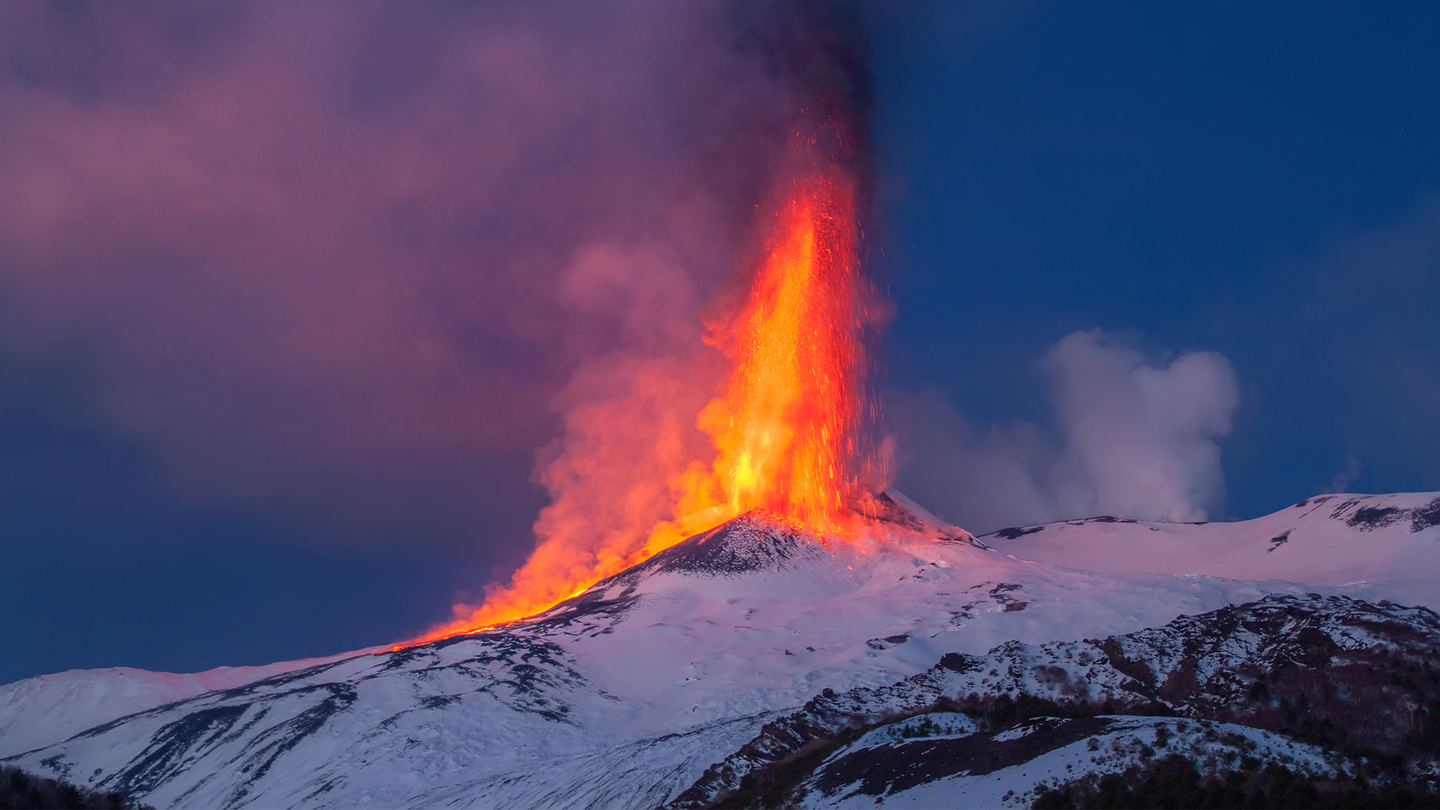
Warmer global average temperatures from human-made global warming continue to be one of today’s major climate concerns, but the Earth can also be susceptible to colder and darker periods like our Ice Ages. Even tiny ones.
During a climate interval scientists call the Little Ice Age (from the early 14th century to the mid-19th century CE), mountain glaciers expanded and the global average temperatures in the Northern Hemisphere dropped by 1.1 °F relative to the average temperatures from 1000 and 2000 CE. Crops failed, sunlight dwindled, and 1816 is often called “The Year Without a Summer.”
Scientists are still piecing together what may have triggered the Little Ice Age, which are likely some of recorded-history’s largest volcanic eruptions. A study published April 5 in the journal Nature uses an unlikely source to help put this climate puzzle together: night sky observations made by medieval monks.
[Related: Geologists: We’re not ready for volcanoes.]
An international team of researchers used these 12th and 13th century records from Europe and the Middle East, and data from tree rings and ice cores to accurately date some of the biggest volcanic eruptions that humanity has seen.
Over a period of almost five years, the team examined hundreds of records looking for references to total lunar eclipses and their coloration. Typically during a lunar eclipse, the moon remains visible as a reddish sphere since it is still covered in sunlight that has been bent around the Earth by our atmosphere. However, after a big volcanic eruption on Earth, there can be so much dust in the stratosphere, that the eclipsed moon almost completely disappears.
Meticulous record keepers during the Medieval period described everything from the major deeds of popes and kings, important battles, natural disasters, and celestial events. Some believed that the goings on in the sky may foretell calamities back on earth. Medieval monks were ever mindful of the bible’s Book of Revelation, which paints a picture of the end times that includes a blood-red moon. Between 1100 and 1300, 64 total lunar eclipses occurred in Europe and the chroniclers observed in this study faithfully documented 51 of them. In five of these eclipses, they also noted that the moon was exceptionally dark.
“I was listening to Pink Floyd’s “Dark Side of the Moon” album when I realized that the darkest lunar eclipses all occurred within a year or so of major volcanic eruptions,” Sébastien Guillet, a
paleoclimatologist and physical geographer at the University of Geneva and study co-author said in a statement. “Since we know the exact days of the eclipses, it opened the possibility of using the sightings to narrow down when the eruptions must have happened.”
[Related: Researchers found what they believe is a 2,000-year-old map of the stars.]
Looking at records outside of Europe and the Middle East, the team found that chroniclers in Japan also noted lunar eclipses. A well-known scribe and poet named Fujiwara no Teika described an unprecedented dark eclipse observed on December 2, 1229. He wrote “the old folk had never seen it like this time, with the location of the disk of the Moon not visible, just as if it had disappeared during the eclipse… It was truly something to fear.”
The stratospheric dust in these “unprecedented” eclipses not only obscured the moon, but they cooled summer temperatures by limiting the amount of sunlight that reaches Earth’s surface.
“We know from previous work that strong tropical eruptions can induce global cooling on the order of roughly 1°C [2.0°F] over a few years,” study co-author and geoscientist and climatologist at the University of Geneva Markus Stoffel said in a statement. “They can also lead to rainfall anomalies with droughts in one place and floods in another.” Stoffel is a specialist in converting measurements of tree rings into climate data and co-designed the study.
At the time, it would have been difficult or impossible for scientists and laypeople to connect that the poor harvests from the lack of sunlight had anything to do with volcanic eruptions.
“We only knew about these eruptions because they left traces in the ice of Antarctica and Greenland,” study co-author and University of Cambridge volcanologist Clive Oppenheimer said in a statement. “By putting together the information from ice cores and the descriptions from medieval texts we can now make better estimates of when and where some of the biggest eruptions of this period occurred.”
The team worked with climate modelers to compute the likely timing of these eruptions, since the season that the volcanoes erupted in influences how the volcanic dust spread. The modeling helped narrow down the timing and intensity of the volcanic events.
According to the team, the time interval from 1100 to 1300 is already known to be a particularly active period in volcanic history thanks to evidence from ice cores. Knowing more about this period is crucial to understanding how volcanoes affect society and the planet.
The post Notes from meticulous medieval monks could illuminate this scientific wonder appeared first on Popular Science.
Articles may contain affiliate links which enable us to share in the revenue of any purchases made.
from Popular Science https://ift.tt/ah90UzI



0 Comments